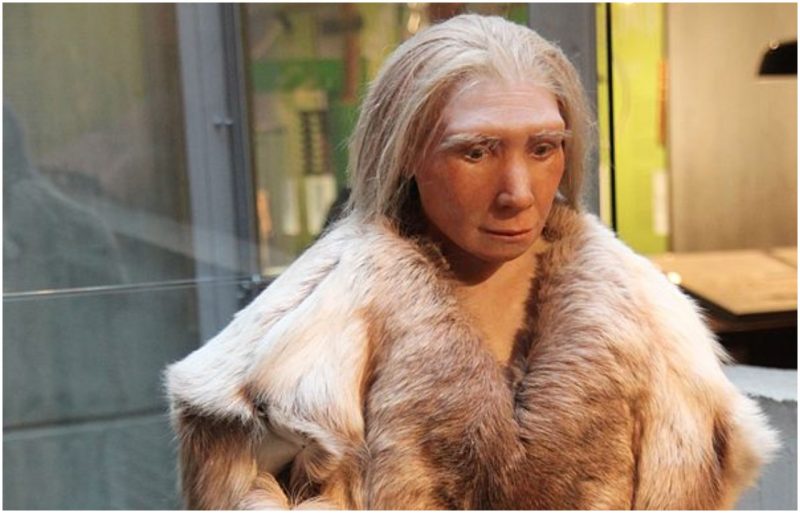A remarkable discovery in a Siberian cave confirmed scientists’ belief that more than 50,000 years ago, interbreeding among the ancient human species might have been common.
A bone fragment discovered by researchers has been analyzed, and the conclusion based on DNA extraction is that it’s a female whose mother was a Neanderthal and father was a Denisovan.
Neanderthals and Denisovans lived in different locations
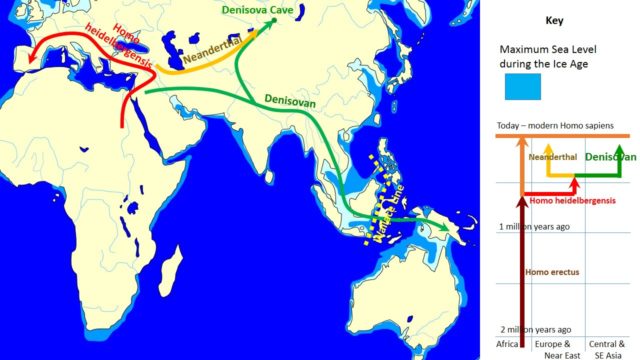
There have been many archaeological discoveries of Neanderthals. They lived throughout Europe and Western Asia up until around 40,000 years ago and were able to survive in a variety of ecological climates. Through unearthing artifacts, it has been discovered that Neanderthals were excellent hunters and tool-makers.
Denisovans were vastly different. Archaeological findings of Denisovans are rare, and so far these findings have not been able to explain much. There is still a lot of mystery surrounding the Denisovans, such as what they looked like or what they were capable of.
The discovery provides an extraordinary look into our ancestors’ history
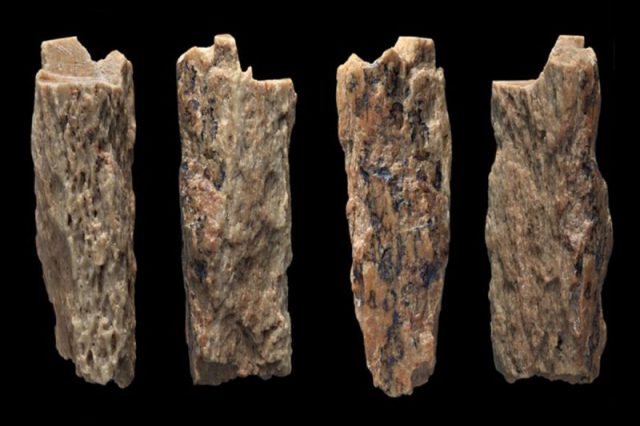
This discovery, reported in Nature, gives insight into our closest ancient human relatives.
“To find a first-generation person of mixed ancestry from these groups is absolutely extraordinary,” says population geneticist Pontus Skoglund at the Francis Crick Institute in London in the Nature article. “It’s really great science coupled with a little bit of luck.”
Neanderthals and Denisovans belonged to different species than Homo Sapiens.
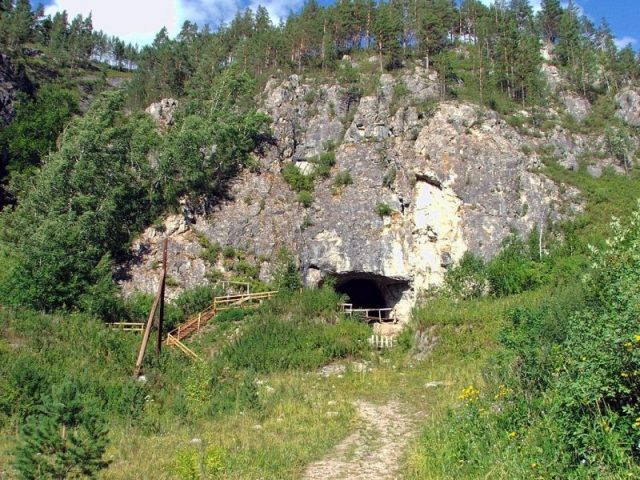
“We knew from previous studies that Neanderthals and Denisovans must have occasionally had children together,” says Dr. Viviane Slon, a researcher at the Max Planck Institute for Evolutionary Anthropology (MPI-EVA) in Leipzig, Germany, in an interview with the BBC. “But I never thought we find an actual offspring of the two groups.”
In recent years, researchers have theorized that more modern humans have traces of Neanderthal than was previously assumed.
Some other non-African populations, depending on where they live, also have a fraction of their DNA that comes from an Asian people known as Denisovans.
‘Humans always mixed with each other’
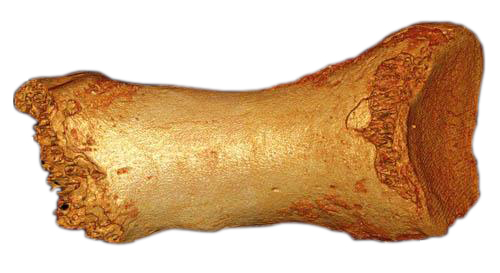
The only place where fossil evidence of both Denisovans and Neanderthals has been discovered is at Denisova cave in the Altai Mountains of Siberia. Less than 20 of the so-called archaic humans (those belonging to species other than our own) have had their genomes sequenced.
“Out of this very little number we find one individual that has half-and-half mixed ancestry,” Dr. Slon told BBC News. When other studies are taken into account, “you start to get a picture that over all of our evolutionary history humans always mixed with each other.”
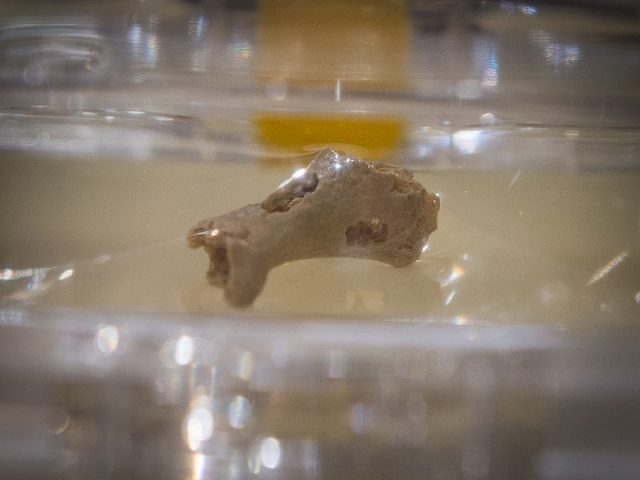
This cave has yielded a treasure trove of findings. So far, fossils of six distinct individuals from this cave have been identified through their DNA. In 2008, scientists found a 41,000-year-old bone with DNA that matched neither humans nor Neanderthals.
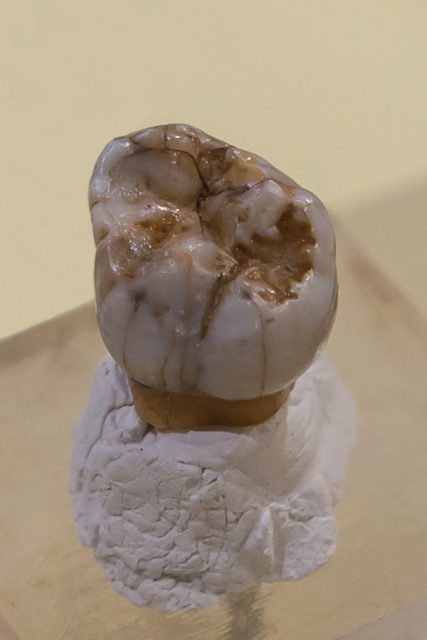
It belonged to the previously unknown group of hominins they named Denisovans. Three Denisovan teeth also turned up in the cave. In the last 10 years, traces of Denisovan DNA have been found in humans living today in Asia and Melanesia, suggesting interbreeding in these groups too.
Russian scientists first excavated the sliver of bone proving mixed Neanderthal and Denisovan parents in 2012. The collagen in this one, they realized, was of human-like origin, so they sent it to the ancient-DNA lab at Max Planck Institute for extraction.
‘Denny’ was around 13 years old
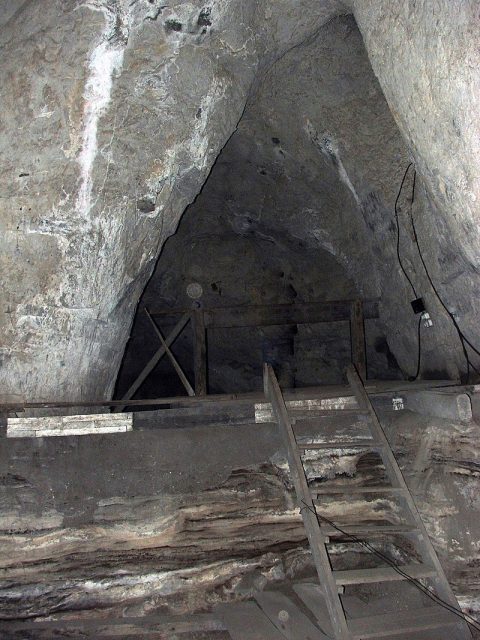
The Atlantic reports: “The daughter herself was a mix of Neanderthal and Denisovan. Her mother’s half of the genome most resembled DNA from a Neanderthal found in Croatia. It did not particularly match DNA from the Neanderthal actually found right in the Denisova cave in 2010, suggesting that Neanderthals migrated west to east in multiple waves. Her father’s Denisovan half of the genome actually had a touch of Neanderthal DNA—suggesting he too had a Neanderthal ancestor hundreds of generations ago. And somehow, 50,000 years ago or more, her mother and father met. The proof is in her DNA.”
The girl, whom the scientists nicknamed “Denny,” was at least 13 years old at the time of her death. The scientists are certain that she died more than 50,000 years ago, and suspect that the time could have been 90,000 years.
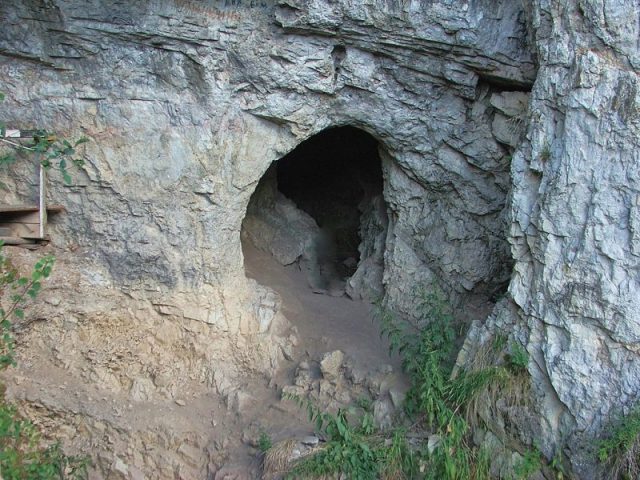
According to the Nature article, “Harris says that sexual encounters between Neanderthals and Denisovans might have been quite common. ‘The number of pure Denisovan bones that have been found I can count on one hand,’ she says — so the fact that a hybrid has already been discovered suggests that such offspring could have been widespread.”
More from us: The Most Unexpected Things That Have Been Revealed in the Extreme Heat
“This raises another interesting question: if Neanderthals and Denisovans mated frequently, why did the two hominin populations remain genetically distinct for several hundred-thousand years? Harris suggests that Neanderthal–Denisovan offspring could have been infertile or otherwise biologically unfit, preventing the two species from merging.”
